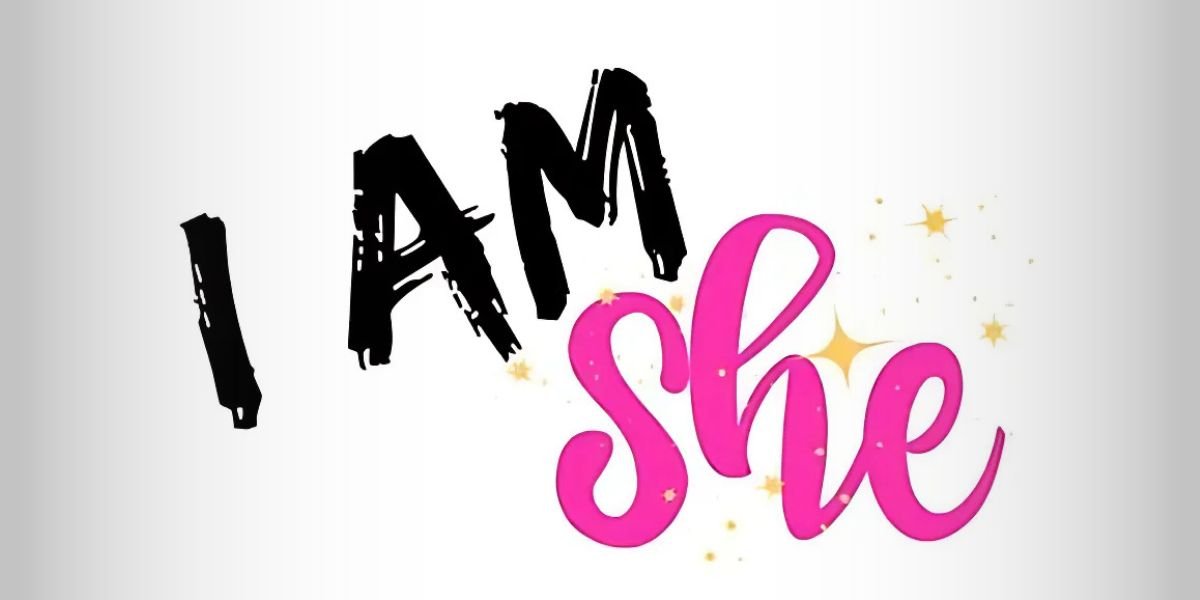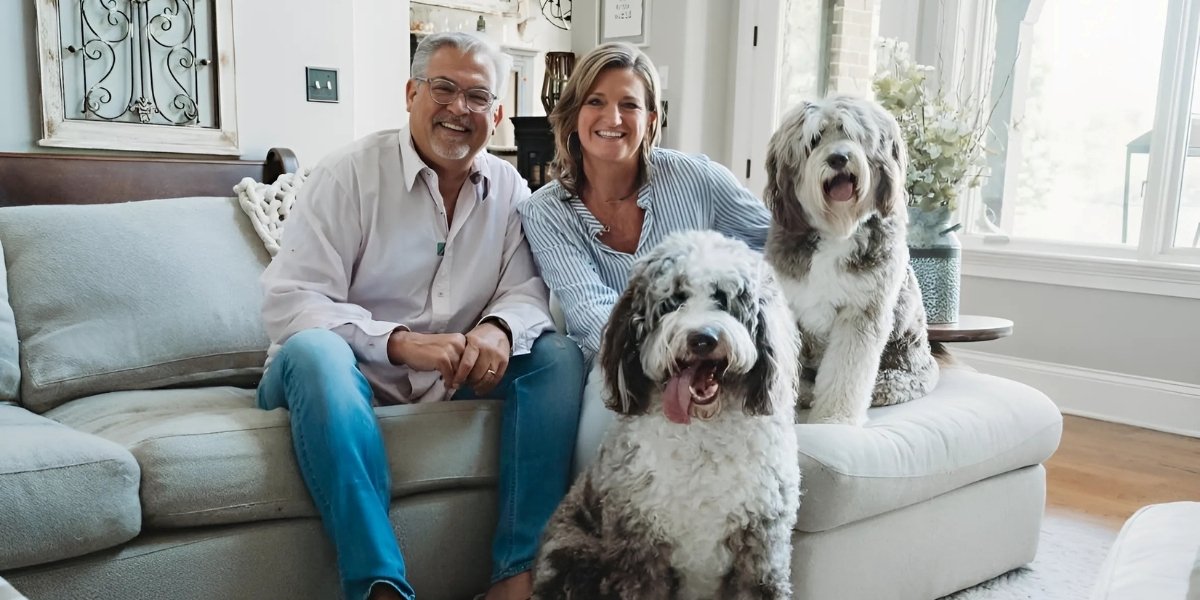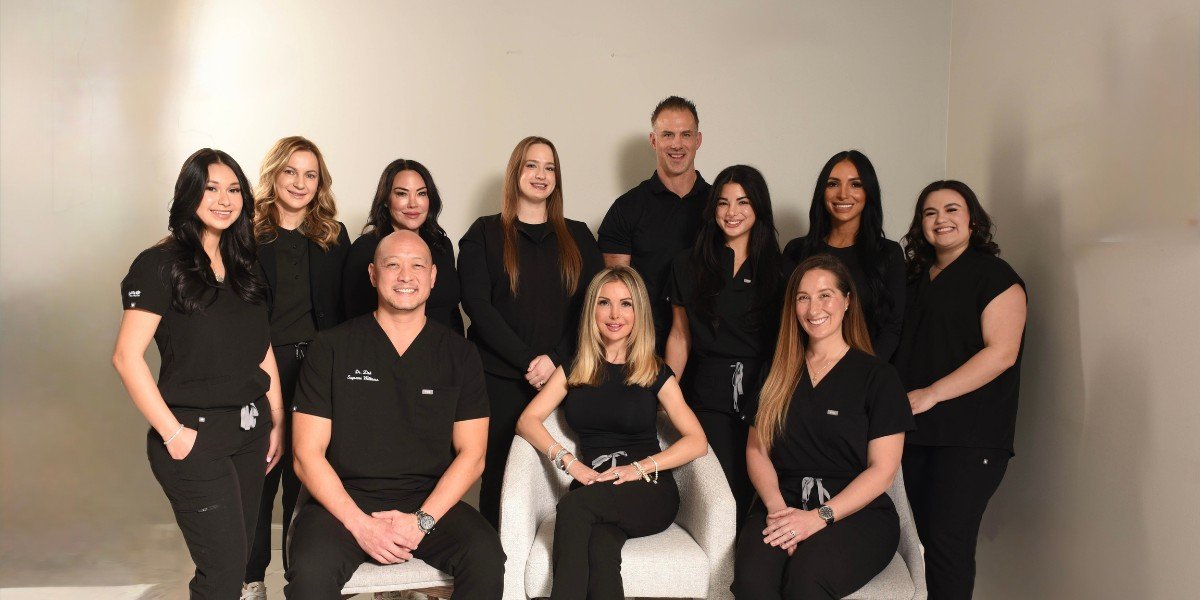SkinnyTok refers to a category of social media content that centers around weight loss, body transformations, and dieting. While the intent behind these videos might be to share personal journeys or motivate others, the content often features rapid or extreme weight-loss approaches and idealized body types. The format typically includes before-and-after visuals, exercise tips, dieting routines, or personal commentary on restrictive eating habits.
Social media platforms use algorithms designed to highlight engaging content—videos that attract likes, comments, and shares. Transformation stories, weight-loss tips, and fitness challenges tend to draw significant interaction, which can lead to increased visibility. As users engage with this content, the algorithm may recommend similar videos, creating a cycle where weight-loss-focused material becomes more prominent in users’ feeds.
Read also: How Dry Tripping is Reshaping Social and Travel Experiences
Why Has This Type of Content Gained Popularity?
Several factors contribute to the rise of this content’s popularity. The appeal of quick, visible results aligns with a cultural preference for immediate gratification, especially regarding physical changes. Transformation videos offer easily digestible, visual proof of progress that can be compelling to viewers interested in similar outcomes.
A sense of community also plays a role. Many users interact by sharing their own progress, offering encouragement, or joining challenges presented in the content. This interaction can create a supportive environment that reinforces engagement and motivation among participants.
Additionally, social media algorithms amplify content based on user interaction. When users watch or engage with weight-loss content, they are more likely to see similar videos, which can normalize and increase exposure to this genre.
What Effects Might This Content Have on Body Image?
Concerns have been raised about the potential impact of this content on body image, particularly for younger audiences. Many videos promote a specific ideal of thinness and tone, which may not represent the diversity of healthy body types. Exposure to these ideals might influence viewers’ perceptions of their own bodies and contribute to dissatisfaction.
Repeated viewing of idealized body images has been linked to internalizing narrow standards of attractiveness, which may affect self-esteem and body satisfaction. This exposure can sometimes lead to feelings of inadequacy or pressure to meet certain physical expectations.
The focus on appearance in these videos might also shape how individuals associate self-worth with body size or shape, potentially overshadowing other aspects of well-being.
What Are Some Potential Mental Health Considerations?
The emphasis on achieving certain physical ideals can contribute to stress, anxiety, or lowered self-confidence in some viewers. For those with preexisting body image concerns, this type of content may exacerbate such feelings.
There is also the possibility that exposure to restrictive dieting or intense exercise regimens featured in some videos could encourage unhealthy behaviors. Users might feel compelled to adopt extreme approaches to weight loss, which could increase the risk of developing disordered eating patterns. These behaviors carry potential risks for both physical and emotional health.
Moreover, a predominant focus on weight or appearance might divert attention from a more holistic approach to health that includes mental and emotional well-being.
How Might This Content Be Addressed?
Improving media literacy can help individuals critically assess the content they encounter and understand the difference between sustainable health practices and unrealistic portrayals. Education that fosters awareness of social media’s influence on body image can support healthier perspectives.
Social media platforms could consider ways to promote more diverse and balanced representations of health and body types. This might include highlighting content that focuses on overall well-being rather than solely on appearance or weight loss, and limiting the spread of potentially harmful messages.
Content creators also have a role in sharing varied experiences and encouraging positive attitudes toward body diversity and health that is sustainable and compassionate.
Read also: Maximizing Social Media Marketing Through Strategic Community Engagement
What Could Be the Broader Implications Over Time?
The long-term influence of weight-loss-focused content on social media is not yet fully understood. It is possible that continued exposure to narrow body ideals might contribute to ongoing societal pressures regarding appearance.
At the same time, evolving social media trends and increased attention to body positivity suggest that future content could shift toward more inclusive and varied depictions of health. Such changes might help balance conversations around body image and wellness in digital spaces.












